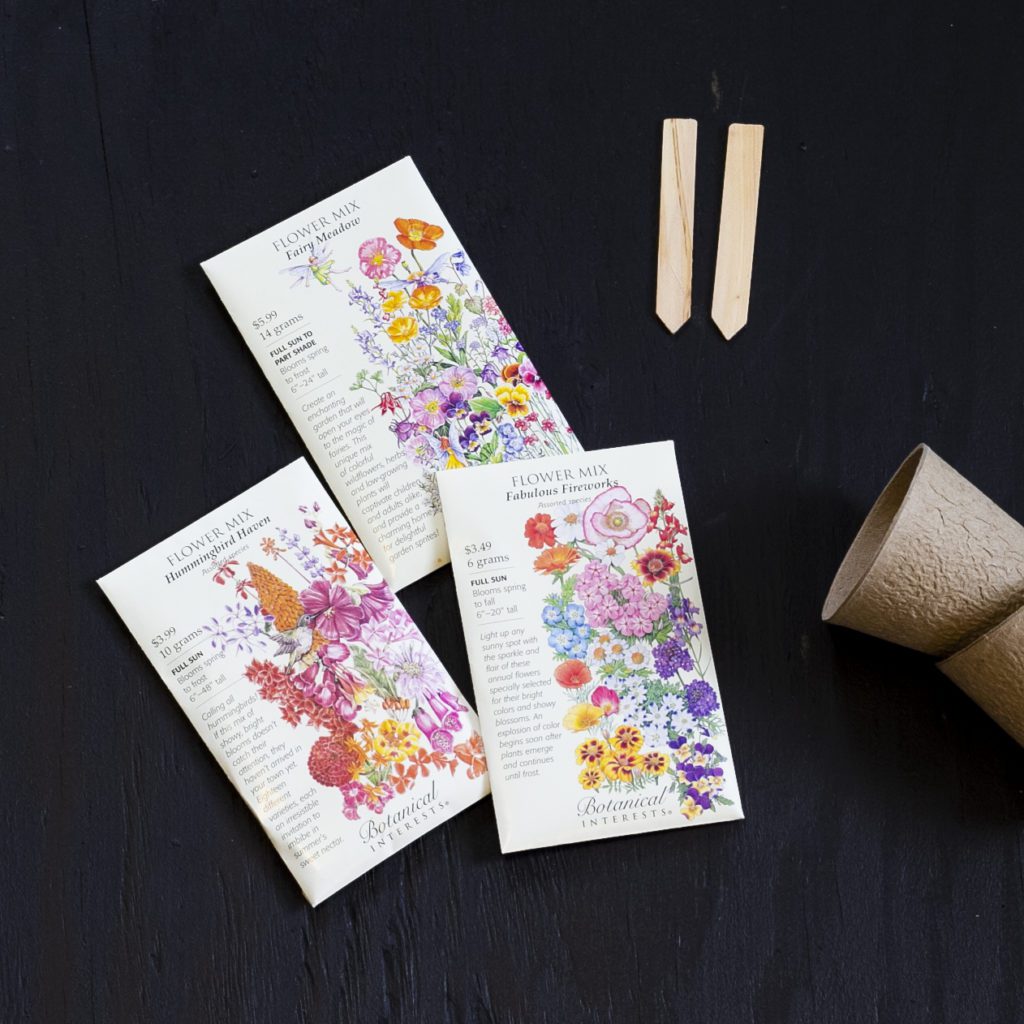April 14, 2025
Make Seed Bombs with KidsGardening
Looking for an engaging gardening project that’s great for the environment and fun for all ages? Seed bombs might be just what you need! These tiny garden starters are not only easy to make but also an inexpensive way to sow plants and flowers, bringing greenery to your backyard or neighborhood.
 What Are Seed Bombs?
What Are Seed Bombs?
Seed bombs are small bundles of seeds, clay, and soil or compost. Although they’ve been around since ancient times, they gained popularity in the 1930s thanks to the Guerilla Gardening movement. Activists used them to introduce vegetation in neglected spaces by simply tossing or even air-dropping seed bombs into the area. Today, they’re often used for re-vegetating areas affected by wildfires, and on a smaller scale, they’re a fun project for families and communities to beautify their surroundings.
This activity is brought to you in partnership with KidsGardening, an organization dedicated to inspiring children and families to explore the joys of gardening through educational and fun activities.
Why Seed Bombs?
Seed bombs are not only fun to make but are also an impactful way to encourage pollinator populations and promote native plants. Here’s why they’re special:
- Great for Pollinators: Planting native wildflowers helps provide food and habitats for bees, butterflies, and other beneficial insects.
- Eco-Friendly: They promote natural growth in areas that need a little greenery.
- Family-Friendly: This hands-on project is a perfect activity to share with kids, friends, and neighbors.
Choosing the Right Seeds
Wildflowers are ideal for seed bombs because they naturally thrive without much care. Native wildflower seeds work especially well—they’re adapted to local climates and benefit pollinators. That said, non-native wildflowers can also be used, as long as they’re not invasive in your area.
Here are some seed suggestions to get you started:
-
- Cosmos: A low-maintenance favorite and one of the easiest plants to grow.
- Milkweed: Essential for monarch butterflies, as it serves as both food and a place for egg-laying.
- Red Poppies: Not just beautiful, but also symbolic—a way to honor fallen soldiers.
- Coreopsis: Tough and drought-tolerant, this adaptable plant grows in various conditions.
- Coneflower: A magnet for butterflies and birds, known for its resilience in droughts.
How to Make Seed Bombs
Materials Needed:
- Clay (available at craft stores)
- Compost or potting soil
- Seeds of your choice
Steps:
- Mix your materials in the following proportions:
- 5 parts clay
- 1 part compost or potting soil
- 1 part seeds
- Combine the clay and compost in a bowl. If the mixture feels dry, add a small amount of water. The consistency should resemble cookie dough—moist but not soggy.
- Add the seeds to your mixture and knead everything together thoroughly with your hands.
- Roll the mixture into golf ball-sized shapes.
- You can either plant the seed bombs while they’re still moist or allow them to air dry for later use.
Planting Your Seed Bombs
Once your seed bombs are ready, the fun begins! Look for bare soil in your yard, garden, or community spaces where a little green would brighten things up. Toss or gently place the seed bombs onto the soil. With a bit of rain or watering, the clay will break down, and the seeds will begin to grow.
Seed bombs are a simple yet impactful way to connect with nature, inspire creativity, and support the environment. So why not gather your family, friends, or neighbors and start making your own seed bombs today? Your local pollinators—and your community—will thank you!
Make Your Own Seed Bombs!
Come visit us at any of our 7 locations to pick up your supplies!

